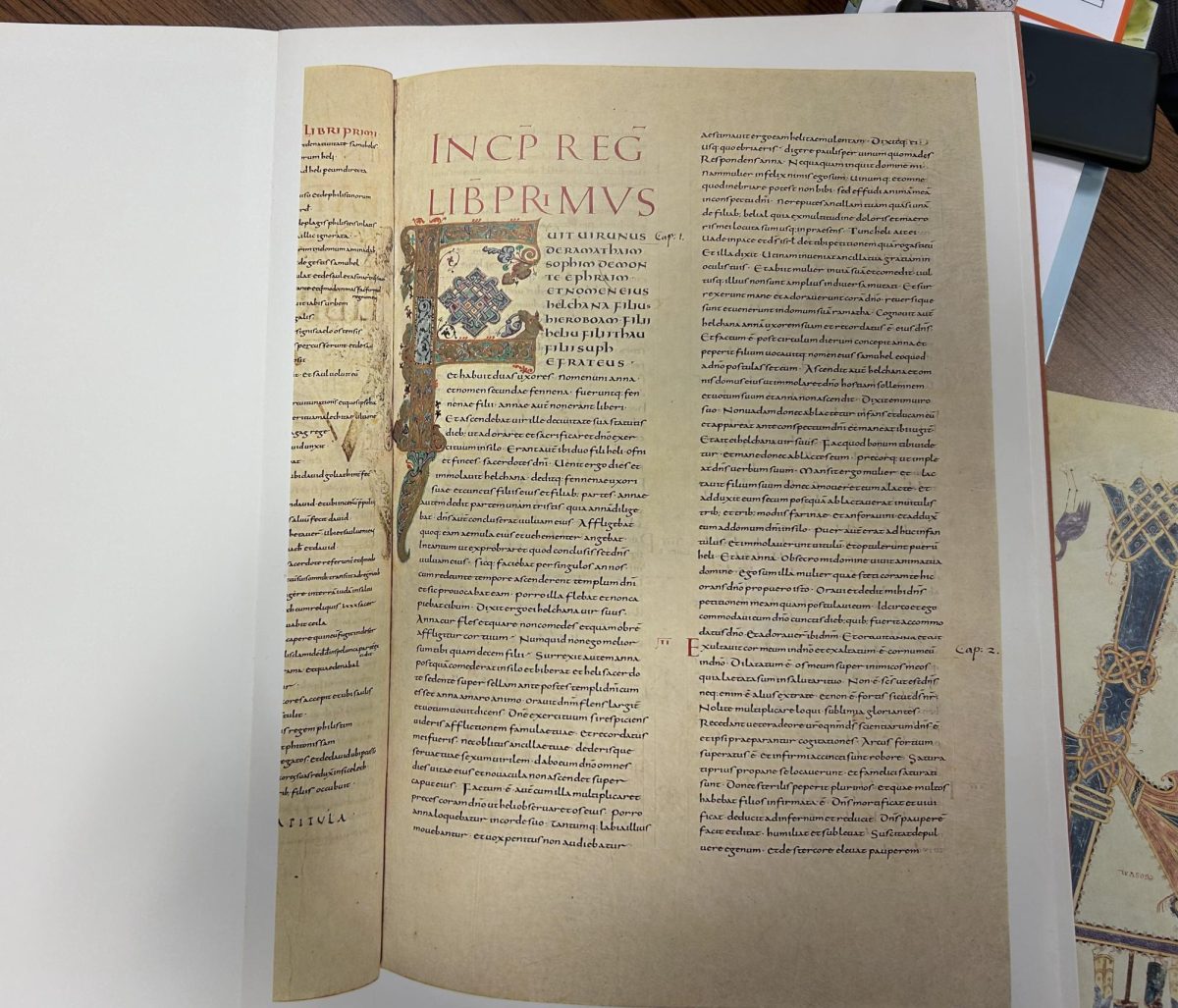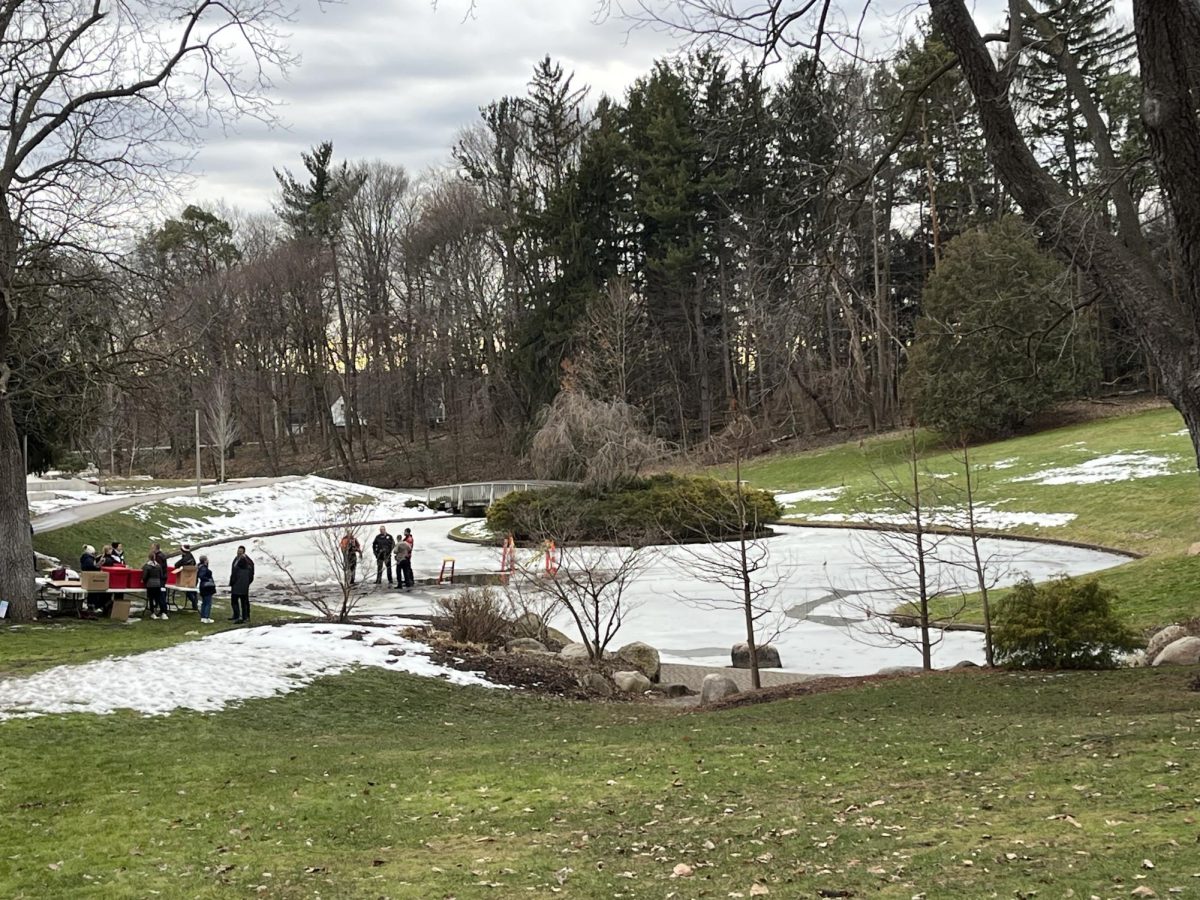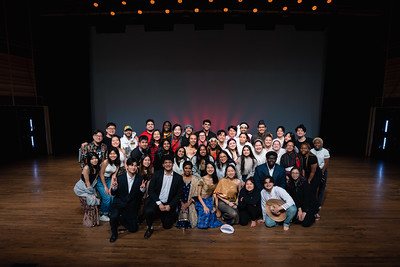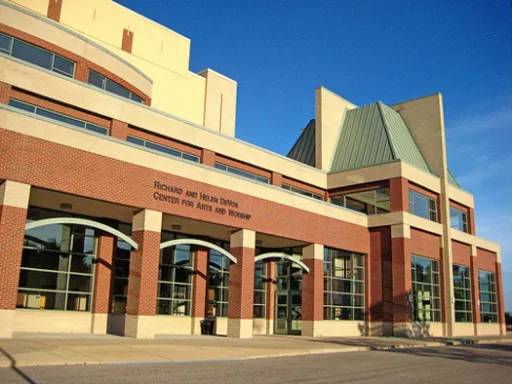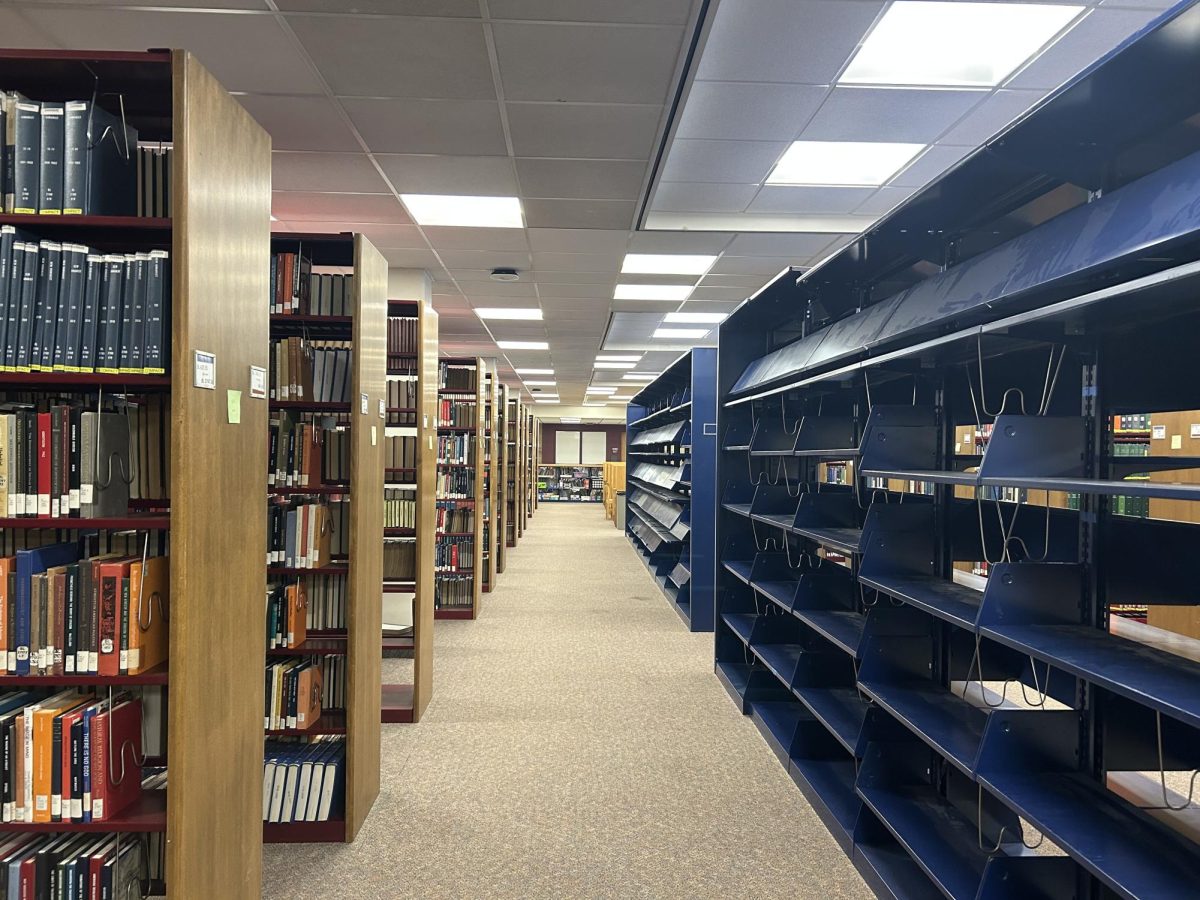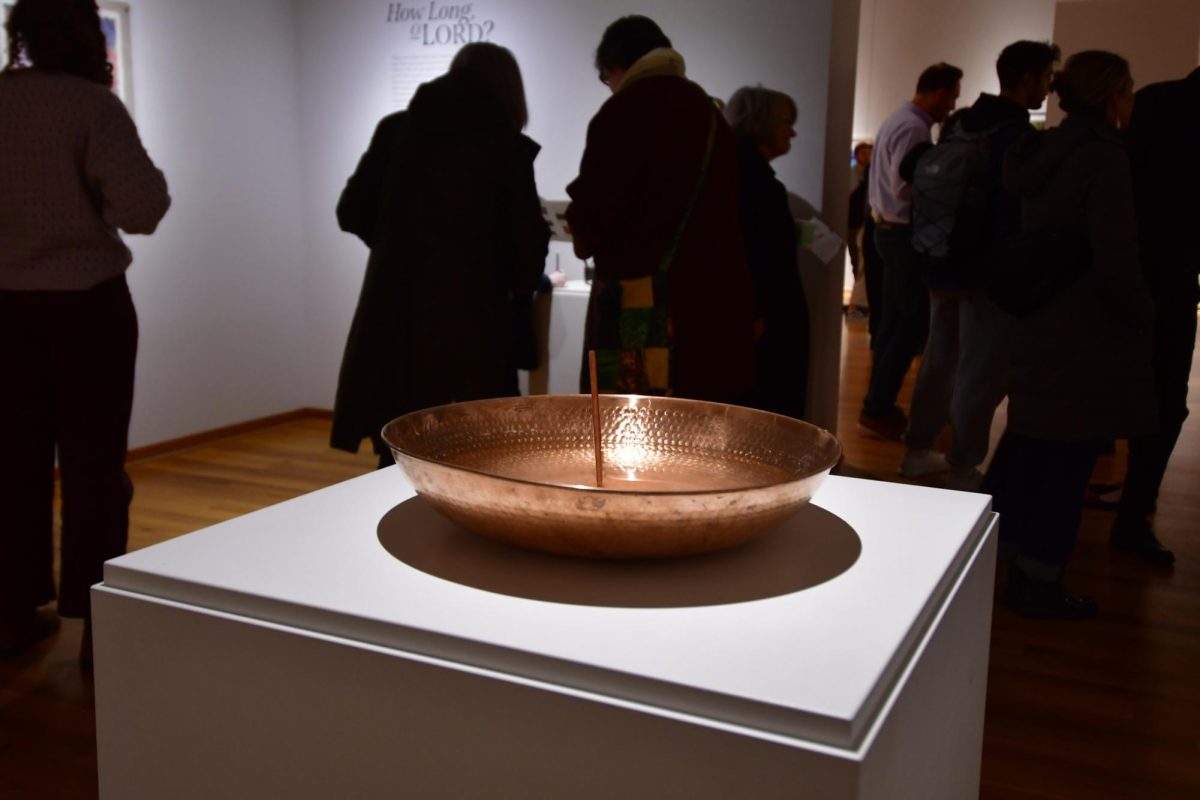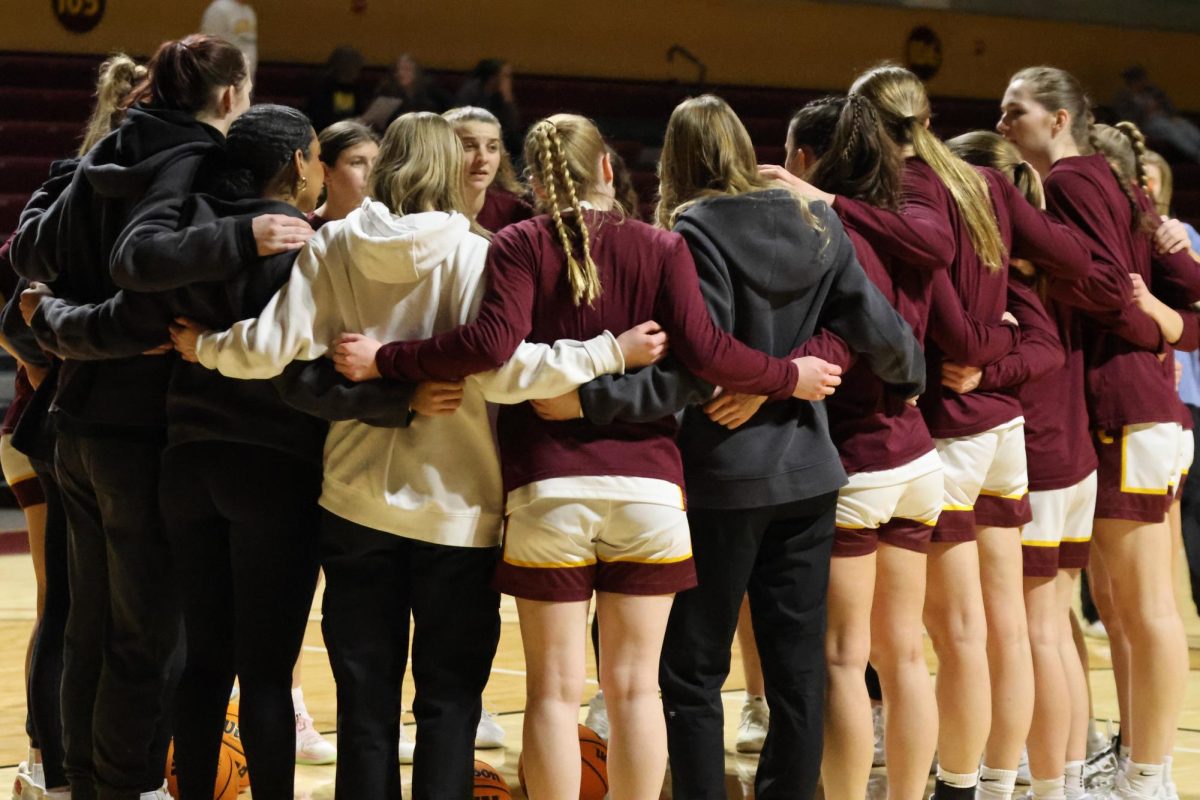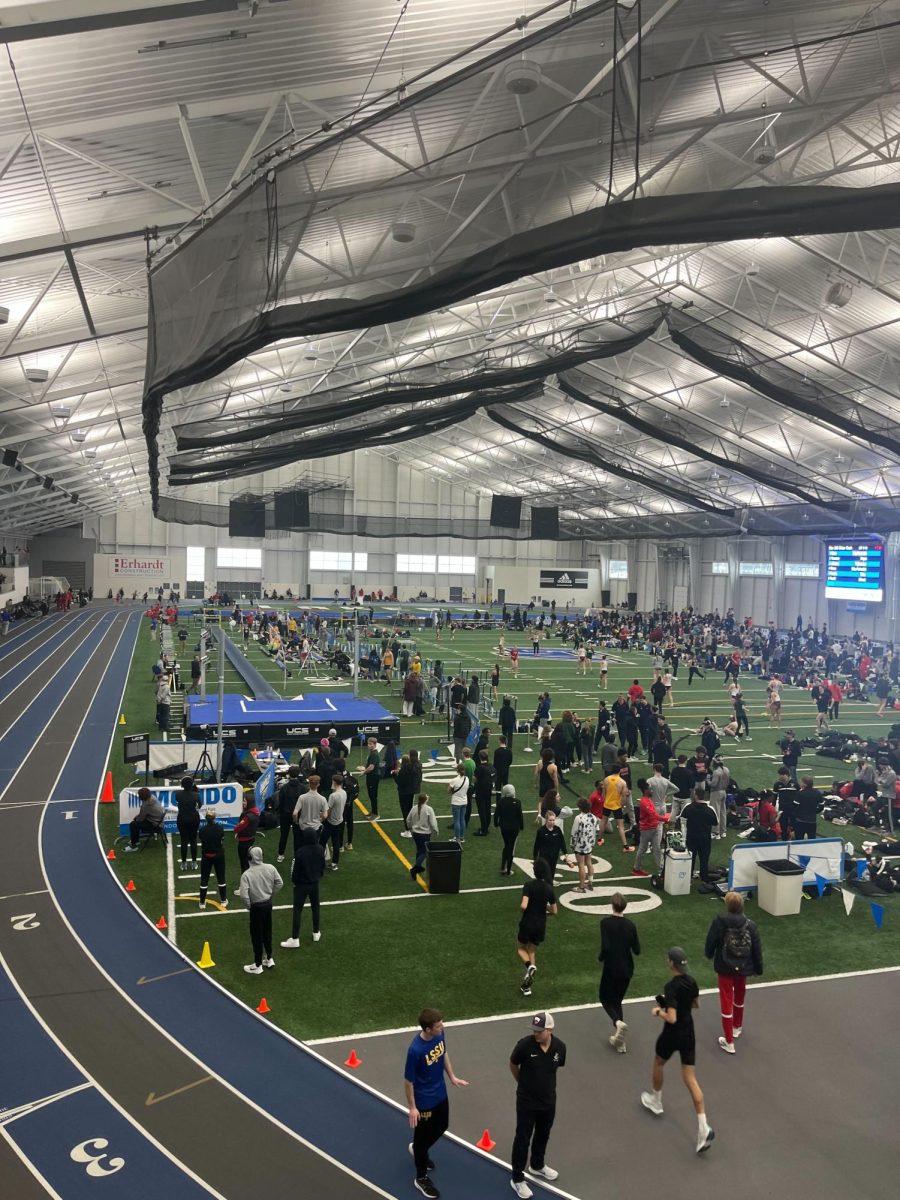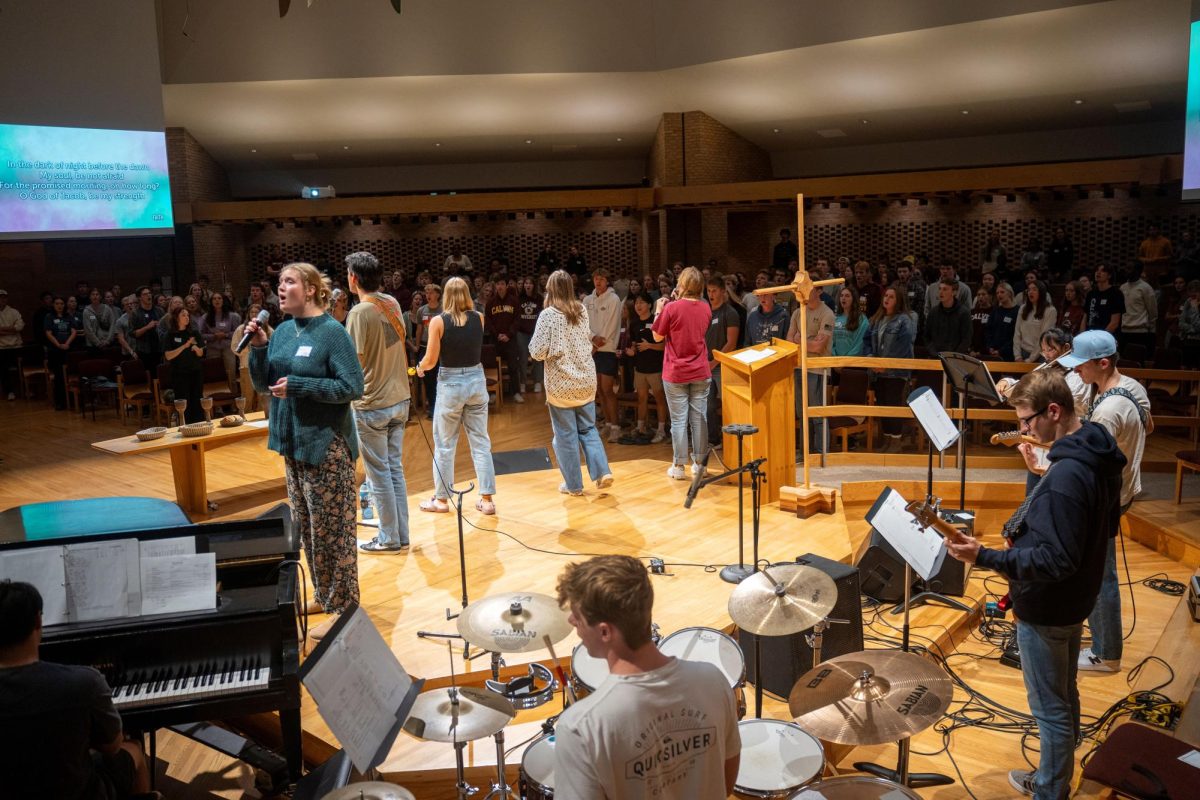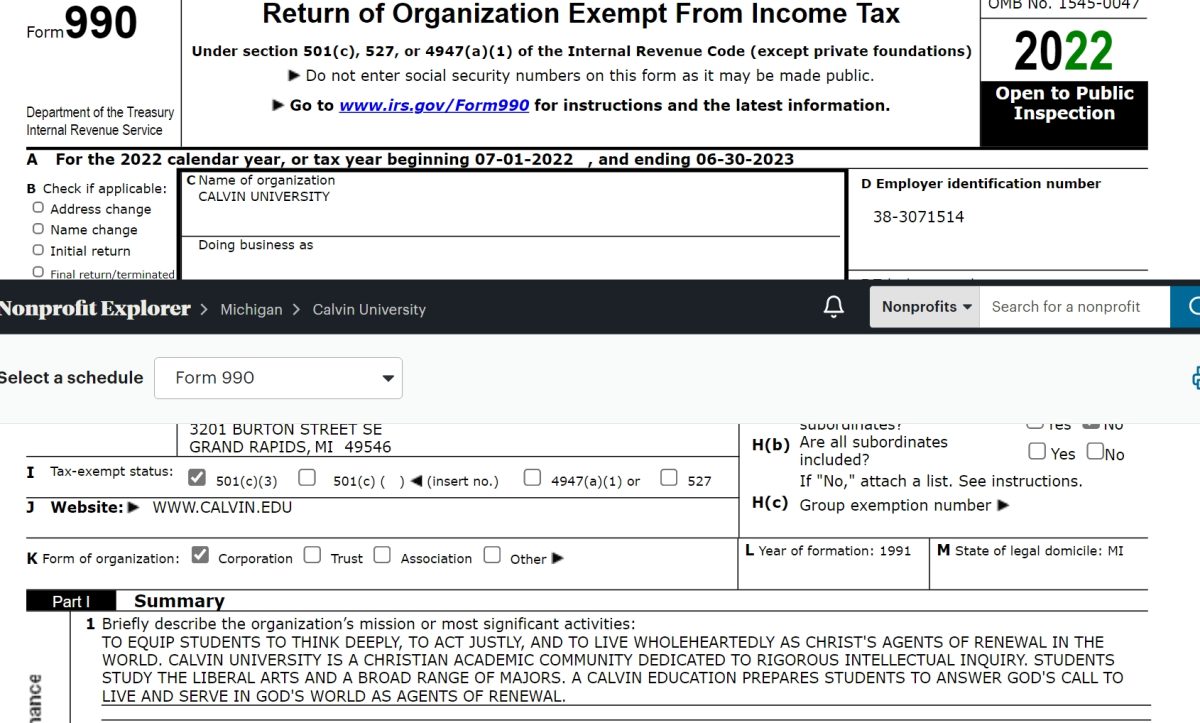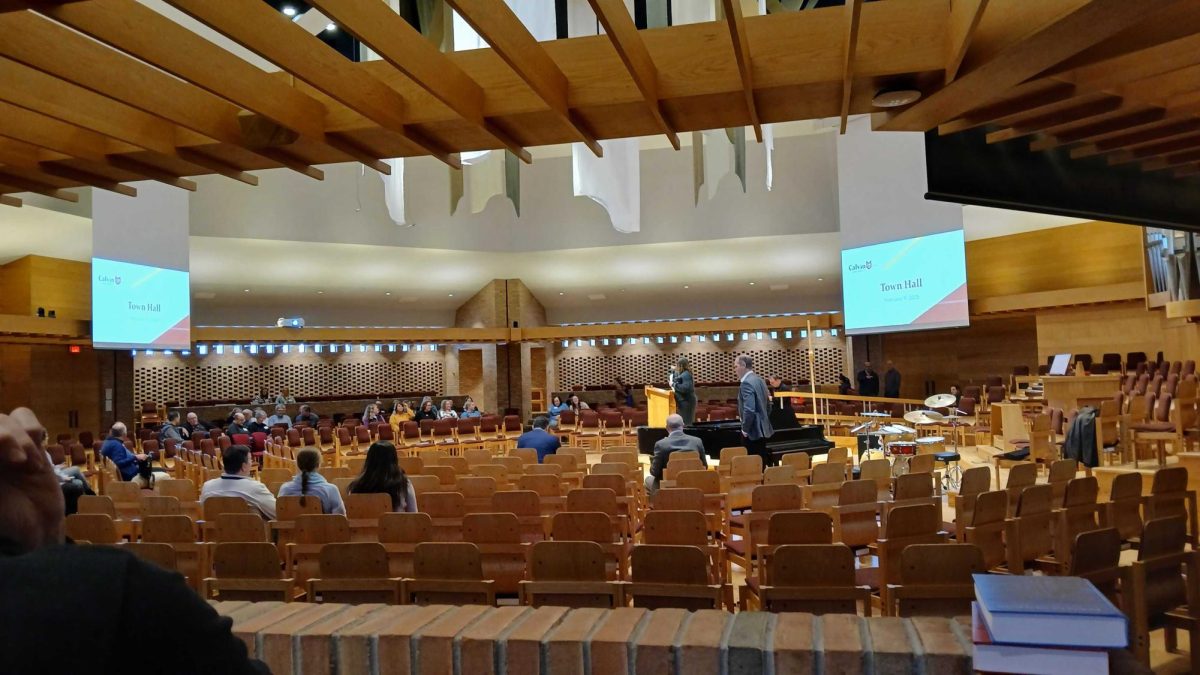Calvin University professors put a lot of time and effort into formulating materials, teaching classes and helping students be as successful as possible. However, even beyond all the work that they put into their classes, many professors are also working on independent research, and they often incorporate their students as research assistants.
This week, Chimes talked to three professors currently conducting research – Professor Anding Shen, Professor Frans van Liere and Professor Amy Wilstermann – as well as some of their former student research assistants.
HIV Research: Professor Shen
Anding Shen, a biology professor who’s been at Calvin since 2005, is currently conducting research on HIV infectiousness. Her cutting-edge work focuses on how HIV is able to infect the target cells, CD4+T cells, and establish a latent reservoir, which is a group of infected immune cells that have gone dormant. “HIV doesn’t infect these immune cells very well,” Shen noted. “So you can take my blood and take the T cells out of my blood, and then infect it with a virus and you won’t see much infection. Less than 1% of my cells will be infected. So we were wondering, how does the virus establish the latent reservoir if the infection rates are so low?”
Shen’s research dives into a potential answer that has seemed promising: other cells in the body might somehow be contributing to the infection of T-cells. Endothelial cells, a specialized type of cell that line the inside of blood vessels, might be the culprit. .
“If you mix my T cells with endothelial cells, put it in a petri dish, then you can see upwards about 30 to 40% of my T cells are now infected. So we think endothelial cells are contributing to HIV infection of T cells as well as the latent reservoir.” Shen said.
Christie Ra, a student majoring in biochemistry and minoring in psychology who previously assisted Shen with her research, wrote to Chimes in an email that she found this research opportunity to be incredibly valuable. “What I found most fulfilling was being actively involved in the entire process of research — setting up experiments, collecting data, and especially interpreting the results. I enjoyed how hands-on this research experience was,” she said. “But more than that, working alongside Professor Shen, I was pushed to reach a greater potential, think more deeply, and raise new questions.”
When asked about the broader impact of her research, Shen mentioned the influences of her work on other research in the field. “Our research really brought the attention to other cells [that] are influencing T cells in the context of HIV,” she said. “And then there have been reports reporting on other cells like stromal cells, fibroblasts, and they’re interacting with T cells and [changing] the way T cells behave in the context of HIV, and some of them actually promote HIV infection in T cells as well. So in the broader context, our research actually kind of highlights the area that the field hasn’t been paying attention [to].”
Ra noted that she would highly recommend summer research and other professor-led research opportunities due to the hands-on experience and new relationships you can gain from them. “Even if students are not sure about pursuing research, I found summer research an enriching experience and a great opportunity to build relationships with professors and peers,” Ra said.
Shen commented on some of the joys and challenges of incorporating undergrad students into her work, noting their lack of previous experience compared to grad students or postmeds. “That’s making this project challenging, but that’s what I set out to do,” Shen said. “I want to be at an undergrad institute and I want to train undergrads and expose them to research… it’s important that undergrads get exposed to research so that they can be inspired in getting to research in their future careers.”
Manuscript Editing and Translation: Professor Frans van Liere
Frans van Liere, professor of history, is currently working on creating a critical edition of medieval manuscripts. A critical edition is an edited form of a text that is meant to be more legible and accessible. “Right now I’m working on Bible commentaries of one particular author, a 12th-century monk called Andrew of St. Victor,” van Liere said. “I’m working on the commentary that he wrote on Jeremiah. Previously I did Isaiah. So the next step is, you know, from the Latin, I’ll try to make it even more accessible, even to people who don’t speak Latin, to make a translation.”
The professor mentioned that one of the biggest challenges in creating a critical edition, and the main goal of such a project in the first place, is reconciling the different, sometimes contradictory versions of a manuscript. “You can have several different manuscripts that are both copies of different copies… one having certain mistakes in them and the other one having other mistakes in them. And then the question is, what did the author actually write?”
When asked about the importance of his project, van Liere emphasized the insights we can gain from the relationship between Andrew of St. Victor and the translators who helped him. “In his Bible commentaries, he very often is looking at the Hebrew text of the Old Testament, and he couldn’t read the Hebrew text,” van Liere said. “He had to go and seek out Jews who could read it to him and translate it to him. So it’s interesting to see the dynamic of Christians and Jews, how they got in in the Middle Ages.”
Van Liere noted that this unique relationship may have affected the author’s interpretation of the Bible. “By looking at the Hebrew and trying to examine the Hebrew, this author was sometimes challenged in his interpretation of the Bible as well and forced to think, how do we know what it means? Are we so sure we know what it means? Are there maybe multiple interpretations possible? And I think those are big questions that we are still grappling with today.”
Noelle Haviland, a senior double majoring in history and data science who assisted van Liere with research last spring, commented on the interdisciplinary nature of her work. “I like things that have the intersection between my two disciplines,” she said. “So things like this project, where I get to kind of apply both the computer stuff and the history stuff.” Haviland assisted van Liere in comparing the three different manuscripts for the Isaiah commentary. “What I did was I helped set up and run a program, a computer program, to compare the three versions and identify passages that might be in one but might not be in the other, and important differences like that,” she said.
Haviland said that she would highly recommend research opportunities like these to other students. “Just to kind of get involved in that research space, like with someone that knows what they’re doing, … is really cool, really helpful, and it can kind of help you think about, is this something that I might like to do in the future? … And then if you do, you already have some experience with it.”
Mitochondrial Diseases: Professor Wilstermann
Amy Wilstermann, professor of biology, has been working on a project focusing on rare diseases. “The project that I’ve been working on for the past several years is centered around mitochondrial, rare diseases and specifically a set of diseases that are caused by a mutation in a particular protein called BCS1L,” Wilstermann said. “So one of the things we’re trying to do is to figure out how mutations in that particular protein are affecting cell function and then leading to this range of diseases that we see in people.”
Wilstermann noted that one of the problems they’re trying to solve is why there is such a great range of severity when it comes to these diseases. “Some people with dysfunctional protein have really minor diseases. So they have odd texture hair, it’s called pili torti. And they have hearing loss,” she said. “And then on the other end of the spectrum, there’s something known as GRACILE syndrome, … and those individuals have quite severe mitochondrial disease, and they often don’t survive [past] their second, first day. … So we’re trying to understand why is it the different mutations in the same protein can lead to these different outcomes.”
Wilstermann mentioned that she and her former colleague, Professor Rachel Baker in the chemistry department, have had many student research assistants for this project over the years. “Some years, we’ve had quite a big lab. I think one year, we had nine,” she said. “It’s been a lot of fun to work with students.”
Among the students in the lab, Wilstermann noted that there was a great variety in the work being done. “We’ve got some that will work more in the bioinformatics space. And then we’ve got some that are building yeast models of clinically relevant mutations so that we can study those mutations in the yeast and see what the impacts might be,” she said.
Along with learning about these rare diseases, Wilstermann noted that her research could also potentially give new insights into more common diseases. “They’re usually single mutations in a single gene, which affects a single protein, and often tell you a really interesting thing about common diseases that are caused by multiple mutations,” Said Wilstermann. “So how might this be contributing to something that’s a more common disease?”
When asked about why she started this project, Wilstermann emphasized how she and Baker noticed how little research was being done in the area. “It’s a space where there’s not a lot of work happening, some of these diseases, because there may be so few people in the world that are affected by these,” she said. “There’s not as many people affected as with a common disease, like a heart disease or diabetes or something like that. But nevertheless, they are really important. They do affect some people. And it seemed like a place where there was opportunity to do some work that was meaningful work, to be able to help people understand a little bit more about their disease.”
With this motivation in mind, Wilstermann noted how her research fits into the broader context of Calvin. “It really feels missional to us. It feels like this place where we can be agents of renewal in that space, so it seems to fit well with the Calvin project,” she said.



